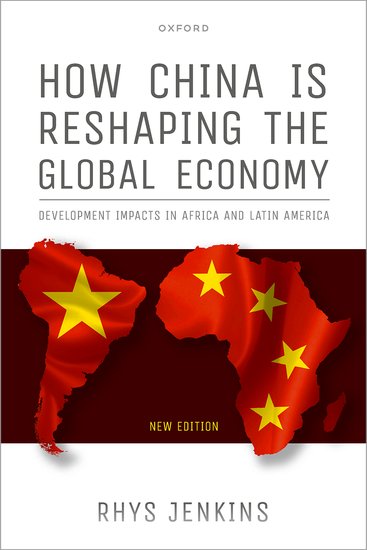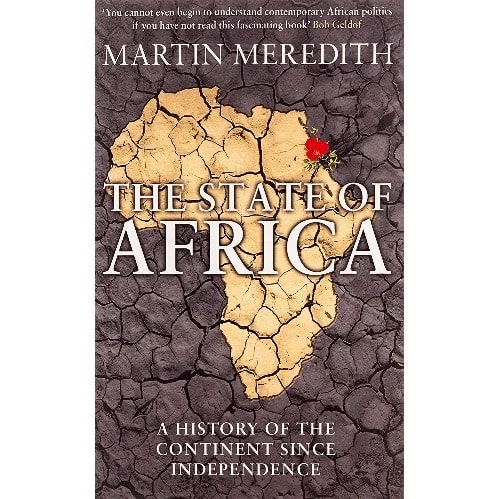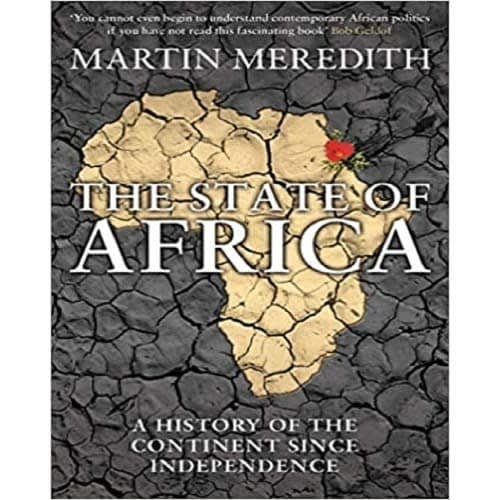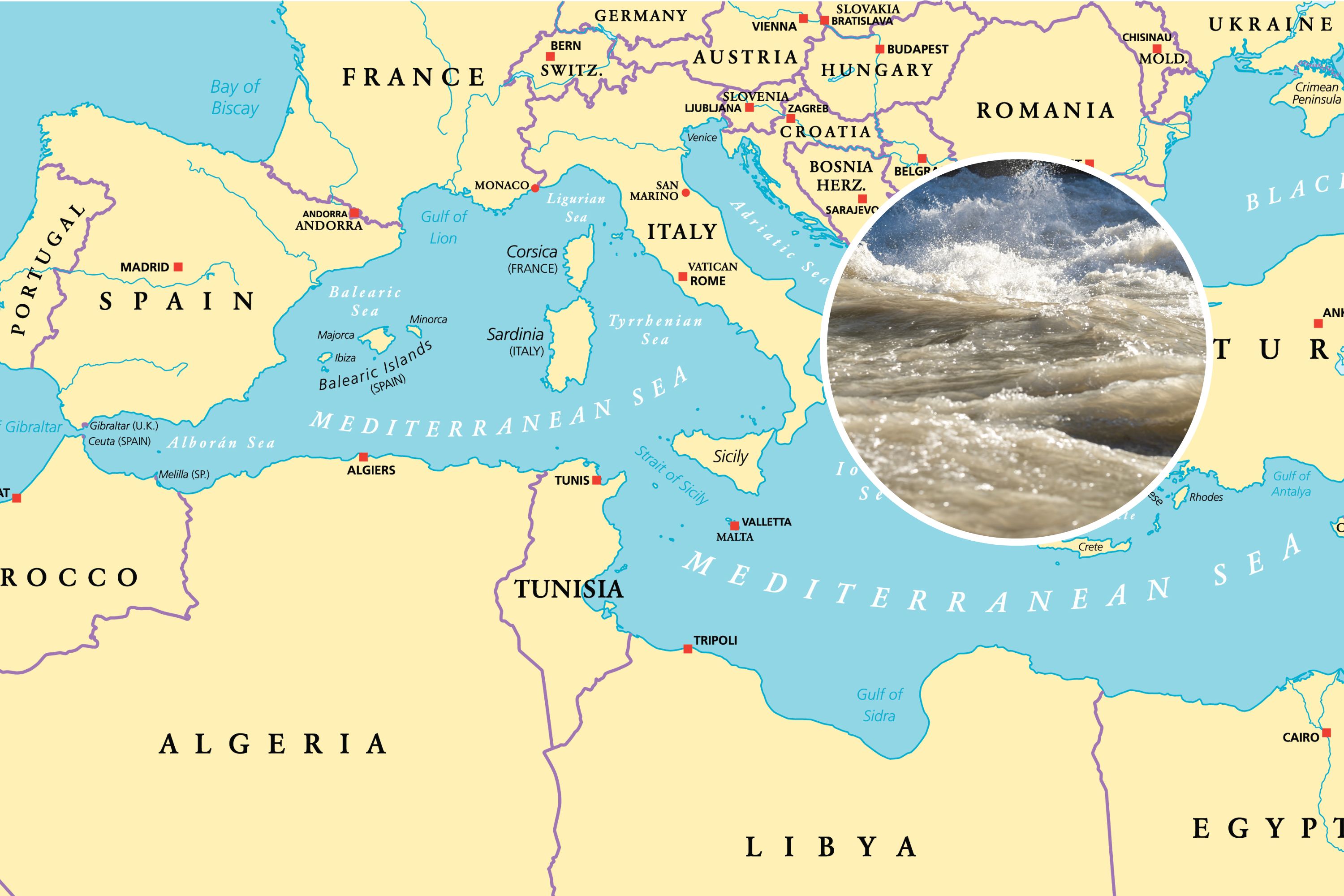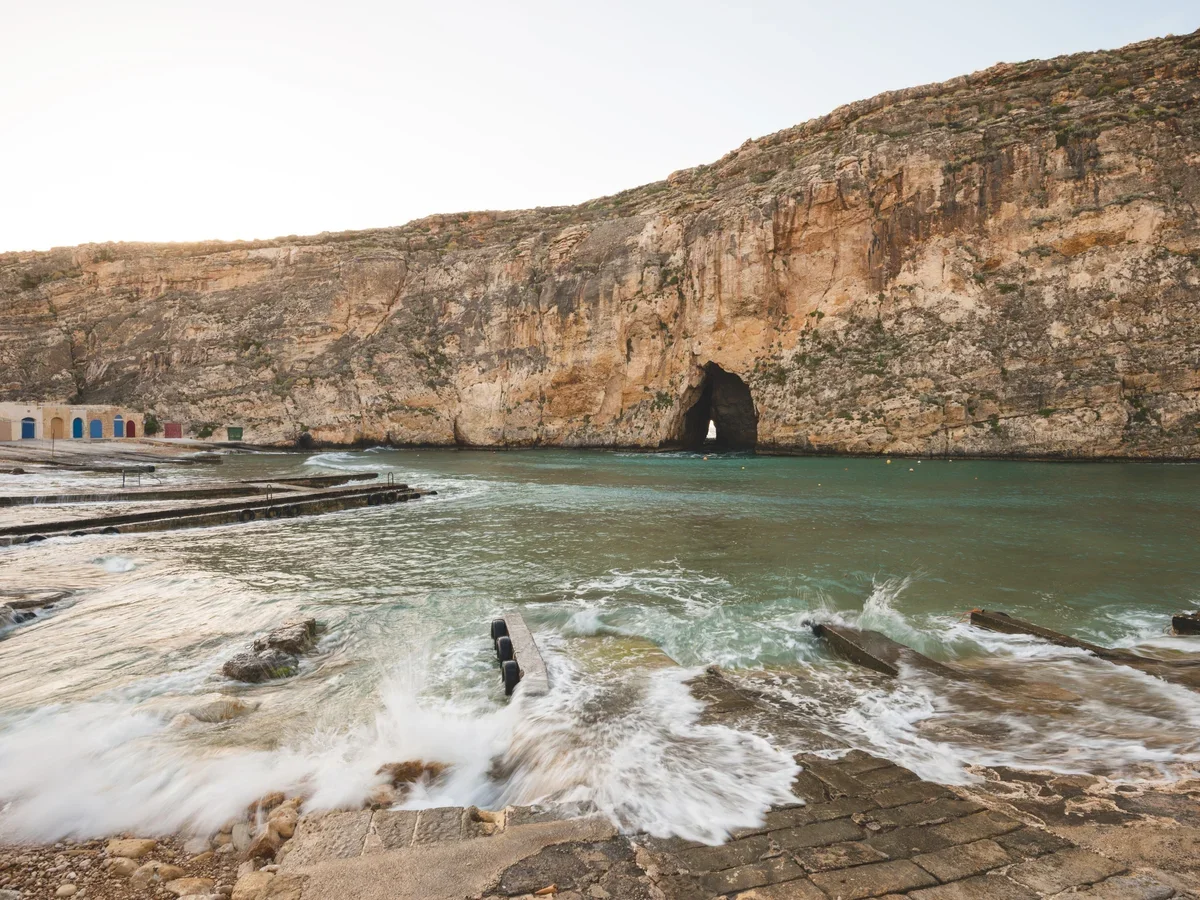Discover Pandipedia
Pandipedia is the world's first encyclopaedia of machine generated content approved by humans. You can contribute by simply searching and clicking/tapping on "Add To Pandipedia" in the answer you like. Learn More
Expand the world's knowledge as you search and help others. Go you!

Neuronal avalanches are cascades of propagating activity that follow power laws and are a hallmark of criticality[1]. They are contiguous cascades of spiking activity, rather than limited local bursts of spiking activity or huge network-wide spiking events[1]. The start and stop of an avalanche are determined by an activity threshold of the network[1].
Let's look at alternatives:
- Modify the query.
- Start a new thread.
- Remove sources (if manually added).
- Request a manual search from our human research team.
Strategic Site Selection Based on Coastal Prominence
The most important criterion for the placement of coastal lighthouses is that they must be located on the most prominent points of the coastline, or on locations first noted by mariners during over‐sea voyages. According to the text, these places should be prioritized to ensure that the most powerful lights are placed where they will be visible for the longest distance before a ship reaches land[1]. This means that natural headlands, projecting cliffs, and other outstanding coastal features are preferred sites because they offer the best chance of early detection by approaching vessels.
Using the Type of Light to Enhance Distinction and Visibility
In addition to site prominence, the kind of light must be carefully selected. The text underscores that revolving lights, which are inherently more powerful than fixed lights, are particularly suitable for outpost positions along the coast. Conversely, it advises that identical lights should not be placed too closely together; ideally, lights that share the same character and appearance should not be located within 100 miles of each other to avoid confusion among mariners[1]. Moreover, the text cautions against the indiscriminate use of colored media, suggesting that such distinctions in color should only be applied when absolutely necessary, as overuse may compromise the distinctiveness of each light.
Considerations for Physical Attributes and Elevation

Another vital aspect is the elevation of the light, which directly affects its range of visibility. Guidelines mentioned in the source recommend that the elevation for sea-lights should not exceed 200 feet, with about 150 feet being sufficient to meet most navigational needs. It is noted that while lights placed on high headlands are exposed to frequent fog, which can reduce effectiveness, placing them too low might not provide the required visibility. The balance, therefore, involves weighing the risk of fog against the advantage provided by an increased range of light, with the final decision being made based on careful local assessments[1].
Guidelines for Lighthouse Role and Functionality

The purpose of coastal lighthouses extends beyond simply providing a navigational aid; they also help in distinguishing one location from another along a coastline. The text emphasizes that for vessels traversing open seas, the placement of lights is instrumental in aiding navigation. For instance, lights meant to guard against hazards like reefs or shoals should be sited as far seaward as possible in order to provide early warning to seamen. In narrow seas, where the range of visibility is naturally limited, fixed lights (or sometimes less powerful ones) may be adequate and may be placed closer together than is advisable on open coasts[1].
Economic Considerations and Resource Allocation
Economic factors also play a significant role in guiding lighthouse placement. The text advises that concerns over initial construction costs should not compromise the selection of the ideal site. Instead, if funds are insufficient, it is better to delay building the lighthouse until an adequate sum can be raised to secure the best possible location. This approach highlights a long-term view in economic planning, ensuring that safety and efficient navigation take precedence over immediate cost savings. Furthermore, from an operational point of view, fewer lighthouses are considered preferable to prevent confusion for mariners, as every additional light may reduce the distinctiveness needed for effective guidance along the coast[1].
Integration with Local Navigation and Harbour Needs
The arrangement of lighthouses must also consider their role in guiding ships not only along open coasts but also into harbors. The report explains that the best position for a sea-light should not be compromised for the sake of a nearby port's short-term benefit. In many cases, a seaward light will serve as a beacon while supplementary lights can be added to lead vessels into the entrance of a port if needed. This strategy ensures that the requirements of both open-sea navigation and local harbor guidance are met efficiently, without overlapping functions that might lead to operational confusion[1].
Other Practical and Operational Considerations

Additional factors outlined in the text include the following considerations: (a) The physical characteristics of the coast itself can influence the efficiency of a lighthouse; for example, coastal configurations that are subject to extreme weather may require alternative designs even if they are prominent. (b) Distinctions based on the timing of flashes, or the differences between light and dark intervals, are less reliable because they are easily affected by atmospheric changes. Thus, lighthouses should be distinguished primarily by their characteristic appearances rather than by minute timing intervals. (c) In applications such as narrow seas, reduced distances between lighthouses may be acceptable as the range of the lights is inherently shorter. Finally, floating lights are discouraged due to the inherent risk of drifting and inconsistent performance[1].
Let's look at alternatives:
- Modify the query.
- Start a new thread.
- Remove sources (if manually added).
- Request a manual search from our human research team.
Get more accurate answers with Super Search, upload files, personalised discovery feed, save searches and contribute to the PandiPedia.
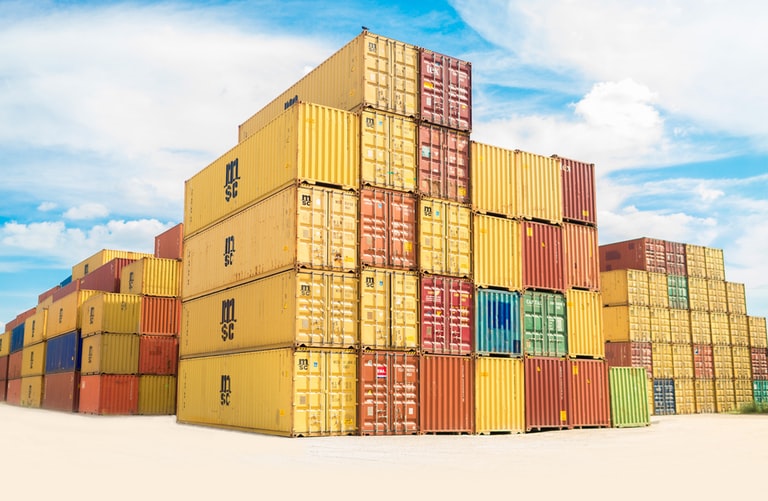
The benefits of using Docker include standardized deployment of applications, working across multiple environments seamlessly, automation of repetitive tasks, efficient resource utilization, resource efficiency, scalability, compatibility with various programming languages, fast deployment, and a vast community support[1][2]. However, there are potential drawbacks such as stability issues on non-Linux systems in the past, security risks, challenges in running GUI applications, a steep learning curve, and the need to integrate with existing infrastructures for security[1][2].
Let's look at alternatives:
- Modify the query.
- Start a new thread.
- Remove sources (if manually added).
- Request a manual search from our human research team.

Artificial intelligence (AI) is powered by several key technologies and concepts. At its core, AI utilizes machine learning and deep learning technologies, which involve training algorithms to make predictions or decisions based on data. These algorithms learn from the data using various techniques, such as supervised learning, unsupervised learning, and reinforcement learning[5][6].
Machine learning involves creating models by training an algorithm on data to enable computers to learn from and make decisions without being explicitly programmed for tasks. This includes algorithms like neural networks, which are modeled after the human brain's structure and process complex data[5][6]. Neural networks are especially effective in recognizing patterns and relationships in large datasets.
Deep learning, a subset of machine learning, uses multilayered neural networks called deep neural networks. These networks automate feature extraction from large datasets, enabling machines to learn from unstructured data and make accurate predictions[5][6].
Additionally, artificial intelligence systems incorporate technologies for natural language processing (NLP) and computer vision, allowing machines to understand and respond to human language and identify objects in images and videos[5].
Overall, the development of AI relies on combining these technologies to enable systems to simulate human learning, comprehension, problem-solving, decision-making, and creativity[5][6].
Let's look at alternatives:
- Modify the query.
- Start a new thread.
- Remove sources (if manually added).
- Request a manual search from our human research team.

Many aspects that were considered normal 20-25 years ago are now viewed as luxuries. For instance, paying no more than 30% of income in rent is now a luxury, alongside accessing affordable basic needs and services, and enjoying quality customer service without automated systems[1][3][4]. Additionally, owning new furniture made of real wood, being reachable only during business hours, and enjoying the comfort of legroom on airplanes have all become rare privileges[1][2][3].
Cultural experiences such as free driver’s education classes and family vacations that were once commonplace are now increasingly elusive[2][3]. The expectation of high-quality, durable products—like clothing and household items—has shifted, with many items now requiring subscriptions or not lasting long[1][4]. Furthermore, the rising costs of healthcare and meals on flights have also contributed to the perception of these once-normal experiences as luxuries[1][2]. Overall, the transformation highlights how accessibility and affordability have diminished, turning everyday life into something that requires significant financial resources[4].
Let's look at alternatives:
- Modify the query.
- Start a new thread.
- Remove sources (if manually added).
- Request a manual search from our human research team.
Spies: The Epic Intelligence War Between East and West
Calder Walton’s exploration of the covert struggle between Russia and Western allies, emphasizing the current relevance of espionage in global conflicts.[1]
Decision Advantage: Intelligence in International Politics from the Spanish Armada to Cyberwar
Jennifer E. Sims argues that superior intelligence can lead to quicker and better decision-making in international affairs, making it crucial for understanding current geopolitical dynamics.[1]
Rise and Kill First: The Secret History of Israel’s Targeted Assassinations
Ronen Bergman’s account of Israel’s covert assassination operations, contextualizing Israel's ongoing conflicts with its neighbors in modern geopolitics.[1]
The Weaponisation of Everything
Mark Galeotti discusses how modern conflicts increasingly involve non-military means, providing insight into the evolving nature of warfare and security practices.[1]
Bloc by Bloc: How the Global Economy is Reshaping
This book examines the changes in globalization and how nations and organizations need to adapt to new regional power dynamics.[1]
The Shield of Achilles
Philip Bobbitt redefines the nature of the state and its capacity to protect citizens in the context of modern threats, relevant to understanding political changes like Brexit and the wars in Ukraine.[1]
Black Wave: Saudi Arabia, Iran, and the Rivalry That Unraveled the Middle East
Kim Ghattas’ detailed account of the historical and ongoing rivalry between Saudi Arabia and Iran affecting regional politics.[1]
Russia’s War Against Ukraine: The Whole Story
Dr. Mark Edele outlines the historical context and implications of the ongoing conflict between Russia and Ukraine.[1]
The Future of Geography
Tim Marshall explores the growing significance of space in geopolitics, framing it as a critical arena for future power struggles.[1]
Invisible China
Scott Rozelle and Natalie Hell analyze the rural developmental challenges in China, linking them to broader economic implications for global markets.[6]
Chip War: The Fight for the World’s Most Critical Technology
Chris Miller’s analysis of the semiconductor industry, highlighting its critical role in global technology and economic competition, especially between the US and China.[6]
The Clash of Civilizations and the Remaking of World Order
Samuel P. Huntington argues that future conflicts will predominantly be cultural and religious in nature, reshaping our understanding of international relations.[6][9]
The Great Delusion: Liberal Dreams and International Realities
John J. Mearsheimer challenges the liberal international order’s assumptions, arguing that efforts to spread democracy often lead to conflict.[6][9]
The Accidental Superpower
Peter Zeihan reveals how geography shapes global economic and political power dynamics, explaining the rise and fall of nations throughout history.[6][9]
The End of History and the Last Man
Francis Fukuyama discusses the evolution of political systems, claiming the end of ideological competition with the rise of liberal democracy.[6][9]
The New Asian Hemisphere
Kishore Mahbubani presents the rise of Asia as a central theme in global politics, challenging traditional Western dominance.[6][9]
The State of Africa
Meredith outlines post-colonial challenges and successes of African nations, necessary for understanding future political dynamics on the continent.[1]

Oceans Rise Empires Fall
Gerard Toal discusses how geopolitics affects climate change action, linking territorial disputes and resource competition with global warming.[8]
A Map of Future Ruins: On Borders and Belonging
Lauren Markham provides a narrative on the refugee crisis, linking personal stories to broader geopolitical narratives in Europe.[8]
The Road to Unfreedom
Timothy Snyder examines the resurgence of authoritarianism through the lens of Russian politics, providing critical insights into contemporary global trends.[7]
What Really Went Wrong
Fawaz A. Gerges critiques U.S. foreign policy and its ramifications in the Middle East, offering historical context for current conflicts.[9]
On Tyranny
Timothy Snyder’s urgent call to defend democracy through historical lessons about authoritarianism and civic responsibility.[7]
How Democracies Die
Steven Levitsky and Daniel Ziblatt analyze the gradual erosion of democratic norms, illustrating the growing threat of authoritarianism.[7]
The Last Testament
A gripping thriller that combines contemporary geopolitics with ancient mythology, exploring the intersections of beliefs and modern conflicts.[5]
Let's look at alternatives:
- Modify the query.
- Start a new thread.
- Remove sources (if manually added).
- Request a manual search from our human research team.
Get more accurate answers with Super Search, upload files, personalised discovery feed, save searches and contribute to the PandiPedia.
Google's pricing focus is multifaceted, with an emphasis on adjusting prices while considering quality and value. In 2018, internal documents indicated that Google was looking for intentional ways to increase pricing, in addition to instances where quality improvements incidentally affected prices[1]. This reflects a strategy to optimize auction settings without simply raising prices arbitrarily, as they aim to align price adjustments with value derived from quality changes[2].
Moreover, Google's pricing strategy is categorized into three levels—high, medium, and low—based on legal considerations, particularly concerning financial information related to search revenues[5]. This interaction between pricing practices and legal frameworks underscores the complexities within Google's competitive strategy[3][4].
Let's look at alternatives:
- Modify the query.
- Start a new thread.
- Remove sources (if manually added).
- Request a manual search from our human research team.

The landscape of consumer behavior has been significantly transformed by the rise of fast fashion. This term describes a model that enables the rapid production and sale of inexpensive clothing, allowing consumers to keep pace with constantly changing trends. The implications of this model extend beyond purchasing habits, affecting environmental concerns, social values, and economic behaviors.
Rapid Consumption and Increased Spending

Fast fashion has primarily encouraged a culture of excessive consumption. Consumers are drawn to the low prices and trendy offerings, leading to an increase in the quantity of clothing purchased. According to industry statistics, household spending in the UK on apparel nearly doubled from £30 billion in 2005 to around £60 billion in 2020. This highlights an entrenched consumer habit of prioritizing quantity over quality, driven by societal pressures and marketing strategies that suggest rapid turnover of fashion items is desirable[3].
Young consumers, particularly, have been identified as driving this trend. A survey indicated that over two-fifths of 16 to 24-year-olds purchase clothes online at least once a week, significantly higher than other age groups[1]. The allure of fast fashion is its ability to provide affordable and trendy garments, which feeds the desire for constant novelty and personal expression.
Environmental Awareness Versus Consumption Patterns

Despite a growing awareness of the adverse effects of fast fashion on the environment, consumer behavior has not always aligned with sustainable practices. The fast fashion industry is responsible for substantial environmental damage, generating over 92 million tons of waste annually and consuming vast amounts of water. This contradiction—a heightened awareness of sustainability alongside a strong demand for cheap, trendy clothing—creates a paradox where knowledge does not necessarily translate into mindful purchasing behavior[2][7].
Research has shown that even as consumers become more aware of the environmental issues associated with fast fashion, including poor labor conditions and high waste levels, they often continue to prioritize low costs and the latest styles over sustainable choices[5][6]. This has led to a growing body of literature that underscores the need for deeper understanding of the discrepancies between sustainability awareness and actual purchasing decisions[2].
Shift in Consumer Values and Influences
The role of social media and influencer marketing cannot be overstated in shaping consumer habits. Fast fashion brands leverage platforms like Instagram to reach consumers effectively, making brand engagement a key element of their marketing strategy. The significant rise in social media usage—from 970 million users in 2010 to over 4.48 billion by 2021—illustrates how intertwined these channels have become with consumer purchasing behavior, especially among younger demographics[3]. Influencers, seen as relatable and aspirational figures, have reshaped perceptions around fashion consumption, further reinforcing the fast fashion cycle[5].
However, this marketing strategy also comes with growing criticism. The trend toward ethical consumption has led consumers to demand more from brands, beyond merely trendy merchandise. As such, there is an increasing expectation for companies to adopt sustainable practices and transparency in their operations to counter the narrative of environmental degradation associated with fast fashion[4][7].
Economic Impacts on Consumer Behavior
Economic factors play a crucial role in consumer spending behaviors in the fast fashion sector. The recent economic uncertainties have altered spending priorities among consumers, particularly highlighting a divergence in how different demographics approach clothing purchases. For example, research indicates that women are more likely to cut spending on clothing than men, which can lead to significant shifts in sales for clothing retailers[4].
As inflation continues to affect disposable incomes, many consumers are becoming more cost-conscious. This awareness is reflected in their purchasing decisions, where the balance between wanting to keep up with fashion trends and the need to manage budgets is becoming increasingly difficult. Brands are responding to changing consumer priorities by refining their stock volumes and focusing on value and quality over variety[3].
Strategies for Sustainable Consumption
In light of the environmental repercussions and their influence on consumer habits, various strategies have emerged to promote sustainable consumption. One effective approach involves encouraging the purchase of second-hand items, which can help reduce overall waste and extend the lifecycle of garments. Online platforms for selling pre-loved clothing have gained popularity, allowing for more sustainable shopping practices amid the fast fashion boom[1][2].
Additionally, educating consumers about the environmental impacts of their choices and promoting a mindset shift toward slow fashion—characterized by quality materials, ethical labor practices, and timeless designs—can help counteract the fast fashion push[5][7].
Conclusion
The influence of fast fashion on consumer habits is profound, fostering a culture of rapid consumption yet simultaneously raising awareness of sustainability issues. The interplay between marketing strategies, consumer demographics, and economic conditions is complex and drives ongoing changes in purchasing behaviors. As society becomes increasingly aware of the environmental and ethical implications of fashion, the challenge remains to translate that awareness into actionable changes in consumption patterns. Ultimately, fostering a more sustainable fashion industry requires not only changes in consumer habits but also significant shifts within brands themselves, aligning operations with ethical and sustainable practices to create a healthier market for all.
Let's look at alternatives:
- Modify the query.
- Start a new thread.
- Remove sources (if manually added).
- Request a manual search from our human research team.
Overview and Geological Context

The Zanclean Megaflood refers to a proposed catastrophic flooding event that refilled the Mediterranean Sea at the end of the Messinian Salinity Crisis (MSC), which occurred between approximately 5.97 and 5.33 million years ago. During the MSC, the Mediterranean was largely isolated from the Atlantic Ocean, causing evaporation that transformed the sea into extensive salt flats. A number of studies now suggest that rather than a gradual reentry of water over thousands of years, there was an abrupt, high‐discharge flood that restored marine conditions rapidly. As stated in one source, “The Zanclean megaflood was an awe-inspiring natural phenomenon, with discharge rates and flow velocities dwarfing any other known floods in Earth’s history”[1][4][9]. This event is believed to have reconnected the Mediterranean with the Atlantic through a breach at the Strait of Gibraltar before spilling over into the eastern basin via a submerged land bridge called the Sicily Sill.
Evidence from Geological and Geophysical Observations
Multiple research teams have compiled extensive evidence for the highly catastrophic nature of the Zanclean Megaflood. Observations of more than 300 asymmetric, streamlined erosional ridges on and around the Sicily Sill indicate that powerful flows of turbulent water sculpted the landscape. As one study notes, the morphology of these ridges is “compatible with erosion by large-scale, turbulent water flow with a predominantly north-easterly direction”[6][14]. Geological sampling of these ridges revealed a layer of rocky debris on top that is interpreted as rapidly deposited material eroded from the ridge flanks and adjacent areas. This debris layer, which marks the boundary between the Messinian and Zanclean periods, is a key piece of evidence supporting the sudden onset of the megaflood[1][5][14].
Furthermore, seismic reflection data have uncovered a distinctive “W-shaped channel” on the continental shelf east of the Sicily Sill. This channel appears to connect the erosional features onshore to deep submarine canyons, particularly the Noto Canyon, thereby acting as a funnel for the massive floodwaters[6][11][27]. Such geophysical imaging has been crucial in confirming that these features are not the result of gradual processes but instead reflect the high-energy dynamics of a catastrophic flood event.
Flow Dynamics and Modeling Results
Hydrodynamic models have been used to simulate the behavior of the megaflood. These computer simulations helped estimate peak flow velocities, discharge rates, and the evolution of the flood as it transitioned from the western to the eastern Mediterranean basin. Model predictions suggest that discharge rates during the event ranged between 68 and 100 Sverdrups (with one Sverdrup equaling one million cubic meters per second)[2][8][14][27]. The floodwater is estimated to have reached speeds of up to 32 meters per second (72 miles per hour), and computer models indicate that as the water spilled over the Sicily Sill, its flow direction altered gradually in a clockwise manner, deepening channels further downstream[5][6][13].
These dynamic simulations are supported by geological evidence; for instance, the deposition of bedload debris and the formation of streamlined ridges are consistent with rapid, high-energy water flows that can modify both subaerial and submarine landscapes almost instantaneously on a geological timescale[1][13][19].
Implications for Mediterranean Evolution and Global Significance
The reintroduction of water during the Zanclean Megaflood not only refilled the Mediterranean basin dramatically but also had long-lasting effects on regional topography and sediment deposition. The flood is implicated in the formation of vast sedimentary deposits in the western Ionian Basin, with estimates suggesting that volumes up to 1,600 cubic kilometers of chaotic megaflood sediment were transported and deposited over a short time span[8][16][25].
Beyond reshaping the local landscape, the event had broader implications. Various studies have noted that such a massive and rapid influx of water would have induced seismicity, contributed to the erosion of canyons along the Malta Escarpment, and influenced the later development of Mediterranean ecosystems and human settlement patterns. As research has shown, “These findings not only shed light on a critical moment in Earth’s geological history but also demonstrate the persistence of landforms over five million years”[9][16][18].
Importantly, the evidence for this event challenges previous models that favored a slow, gradual reconnection of the Mediterranean with the Atlantic. New data suggest that the basin underwent a dramatic environmental transformation over a timescale of only a few years, rather than the previously assumed 10,000 years[4][20][24]. This recognition alters long-standing perspectives on the interplay between tectonics, climate, and oceanography in the Mediterranean region, and it provides a compelling example of how catastrophic events can dominate Earth's geological record.
Concluding Remarks
A synthesis of evidence from diverse sources, including geological field observations, seismic imagery, and numerical modeling, strongly supports the hypothesis of the Zanclean Megaflood as a rapid and massive event that refilled the Mediterranean Sea at the end of the Messinian Salinity Crisis. Multiple independent studies converge on key points: the identification of over 300 streamlined erosional ridges, the rapid deposition of debris marking the critical boundary between geological periods, the discovery of a W-shaped subaqueous channel acting as a funnel for catastrophic flows, and model estimates indicating unprecedented water discharge rates and velocities[1][2][3][4][6][8][11][14][16][19][24][27][29].
This comprehensive picture reinforces the idea that Earth’s history is punctuated by sudden, extreme events capable of reshaping entire regions. The Zanclean Megaflood serves as a dramatic example of such processes, reminding us that even vast ocean basins can be transformed in a matter of years due to the dynamic forces of water and tectonics. Continued research and exploration along the Mediterranean margins promise to further illuminate the details of this extraordinary event and its lasting legacy on our planet[7][10][12][15][17][20][21][22][23][25][26][28][30].
Let's look at alternatives:
- Modify the query.
- Start a new thread.
- Remove sources (if manually added).
- Request a manual search from our human research team.
A carrot (Daucus carota) is a root vegetable that is typically orange in color, although it also comes in various other hues like purple, yellow, red, and white. Originally cultivated in Afghanistan, carrots are known for their crunchy texture and sweet flavor. They are rich in numerous nutrients, including beta-carotene, fiber, vitamin K1, potassium, and antioxidants, making them a healthful addition to any diet[2][3][5].
Carrots are particularly noted for their health benefits, which include supporting eye health, improving heart health, aiding digestion, and possibly reducing the risk of certain cancers. Beta-carotene, abundant in orange carrots, is converted to vitamin A in the body, which is essential for good vision[5][6]. Additionally, carrots are low in calories, making them a popular choice for weight management[3][4].
The vegetable can be eaten in various forms—raw, cooked, juiced, or incorporated into dishes like soups and salads. Overall, carrots offer a nutritious option that can enhance many meals while providing a range of health benefits[4][5].
| Property | Value |
|---|---|
| Genus | Daucus |
| Species | carota |
Let's look at alternatives:
- Modify the query.
- Start a new thread.
- Remove sources (if manually added).
- Request a manual search from our human research team.









